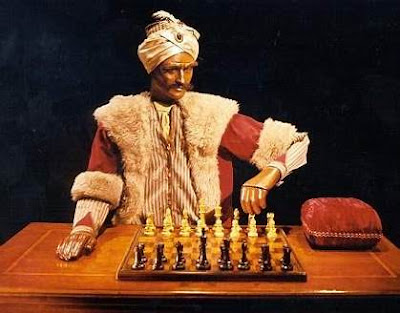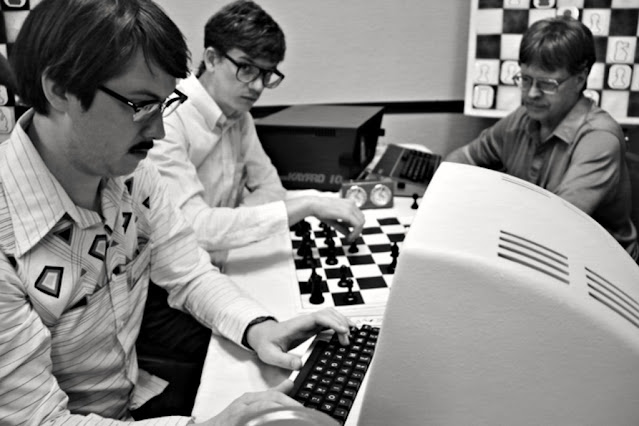Magical Chess Openings: They Don't Exist
There are bad openings, but there are no decisively good openings at the playing strength of chess engines (and Grandmasters use engines to develop their opening lines).
The Chess Cloud Database Query Interface is a handy website that stores engine evaluations of an enormous number of chess positions. The analytical depth of their stored positions may be shallow, but they are directionally correct. The graphic below shows their page for the opening board:
The 0 score for the first 15 moves tells you that draws will result if Black plays perfectly. Indeed all but g4 is likely to be played to a draw by chess engines.Another interesting perspective comes from looking at correspondence games (i.e., no time pressure) played in the ICCF which allows the use of chess engines. Results in this league can be thought of as a proxy for engine vs. engine matches with a small amount of human error. In the last 6 years, approximately 262,000 games have been played in which both players have a rating of at least 2250 (i.e., low propensity for errors).
An interesting question is why e4, d4, c4 and Nf3 are played so often in our sub-sample of 262,000 ICCF games. If there is an small independent probability of human error on each move in a game that should be a draw, one hypothesis is that players favor openings that lead to longer games (thus maximizing the cumulative likelihood their opponent might make an error).
The data seems to support this hypothesis. Multi-move openings are identified by ECO codes. If you look at all the ECO codes played more than 150 times (to minimize spurious results from small sample size), White's win rate is positively correlated with the average length of drawn games using that opening. Stated differently, e4 usually leads to the longest games, followed by d4 etc. Other openings are more easily drawn by Black.
Interestingly, the converse does not seem to be true: Black's very low win rate is not positively correlated to an opening's average length of drawn games. Black is at a very small disadvantage because White has the first move. In general it seems Black's best strategy is to end the game quickly.
The 30 most often played ICCF openings in our sub-sample of games are listed below:
The discussion above relates to games played at or near computer playing strength. Grandmasters choose an opening line that includes a minor variation of a "perfect" computer line about 10 to 20 moves into the game. They hope their opponent is not familiar with the uncommon but sound variation they have prepared. But it is still true -- as in ICCF games -- that the strongest GMs like Magnus Carlsen like longer games and avoid draw offers. They are confident that longer games favor their superior calculation skill and stamina.








Comments
Post a Comment